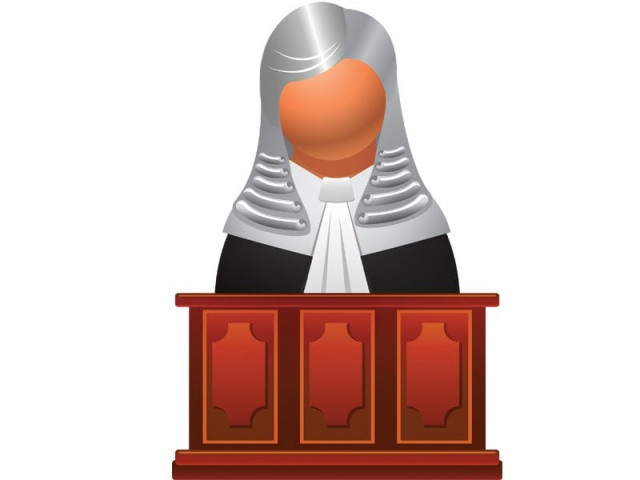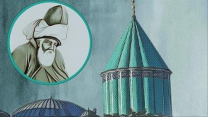Court Diary: Shows of strength
Two full benches, one having five members and one three, held proceedings at the Lahore High Court last week.

A single bench of the LHC last week issued notice to the attorney general of Pakistan on a petition moved by 18 convicted army officials.
An example of the use of this tactic could be seen at the Lahore High Court last week, when Hafiz Saeed’s petition challenging the ban on Jamatud Dawa collecting the hides of sacrificial animals at Eidul Azha came up for hearing. Long before the start of the hearing, a large number of JD activists, led by Hafiz Abdul Rehman Makki, gathered outside the chief justice’s courtroom. They sported long beards and wore shalwar kameezes, some topped with commando waistcoats. As they sought to enter the courtroom, the security guard stopped them, saying that their case had not been taken up yet. They complained to their counsel, who advised them not to argue with security personnel. He told them to bide their time and enter the room one by one when their turn arrived, which was at 1pm. About 20 supporters of Hafiz Saeed reached the courtroom when the case came up.
But when the hearing began, a law officer asked the court to give him two weeks to prepare a reply to the petition. The counsel for the petitioner felt this the right time to show his strength. Turning back from the rostrum to face the JD activists, in a rage, he told the chief justice that they had been sitting around since the morning, waiting for the hearing. How could he grant opposing counsel’s request for an immediate adjournment? The chief justice adjourned the case. Regardless of whether such tactics influence the courts or not, the JD activists turn up for every hearing to show their strength.
*****
Two full benches, one having five members and one three, held proceedings at the Lahore High Court last week.
The five-member bench took up the case against President Asif Ali Zardari, who is alleged to be holding court orders in contempt by refusing to give up his political office while in occupation of the presidential office. The bench, headed by Chief Justice Umar Ata Bandial, asked Advocate Wassem Sajjad, the president’s counsel, to ask his client whether he was ready to refrain from indulging in political activities in the public arena. Mr Sajjad had insisted that the earlier court order only barred the president from conducting political activities at the presidency, not in the public arena. The bench observed that the private life of President Zardari was not open to scrutiny, but his public activities could not be separated from his persona as the president of the country. The bench will resume the hearing on March 8.
The three-member bench headed by Justice Ijazul Ahsan stopped the National Accountability Bureau from taking coercive measures against 35 petitioner companies whom the State Bank has declared to be defaulters. The petitioners had submitted that they got loans from the Bank of Punjab, which had filed suits for their recovery which are still pending before the courts. Meanwhile, they said, the bank had complained to the State Bank of Pakistan, which had in turn asked NAB to file references against the companies under Section 31-D of the NAB Ordinance. The petitioners argued that they could not be proceeded against under the NAB Ordinance when the civil suits against them were pending. The bureau conducting an inquiry, initiating legal proceedings or filing references against them while the civil suits were undecided, they argued, was illegal and unconstitutional.
*****
A single bench of the LHC last week issued notice to the attorney general of Pakistan on a petition moved by 18 army officials convicted and sentenced under Section 59 of the Field Court Martial Act of 1952. The petitioners submitted that they had been sentenced to 10 years imprisonment, but the time they had already spent in the custody of security agencies was not included in this. They pointed out that the court had earlier directed the quarters concerned to grant them this relief, under Section 382-B of the Criminal Procedure Code, but the instructions had been ignored. The hearing was adjourned for March 18.
rana.tanver@gmail.com
Published in The Express Tribune, February 18th, 2013.



















COMMENTS
Comments are moderated and generally will be posted if they are on-topic and not abusive.
For more information, please see our Comments FAQ